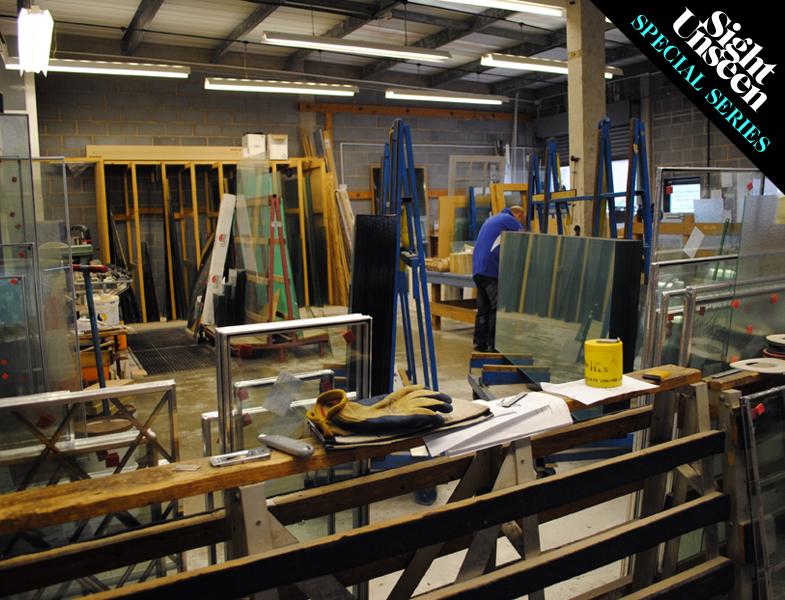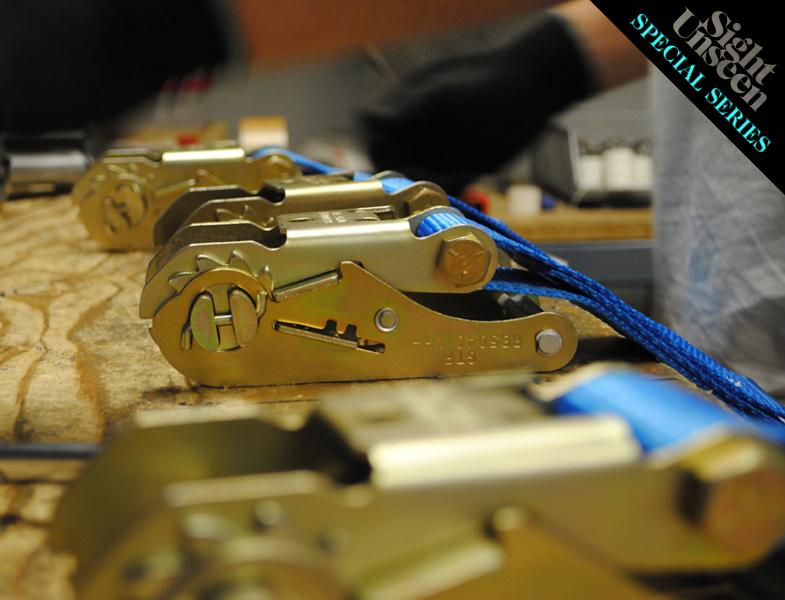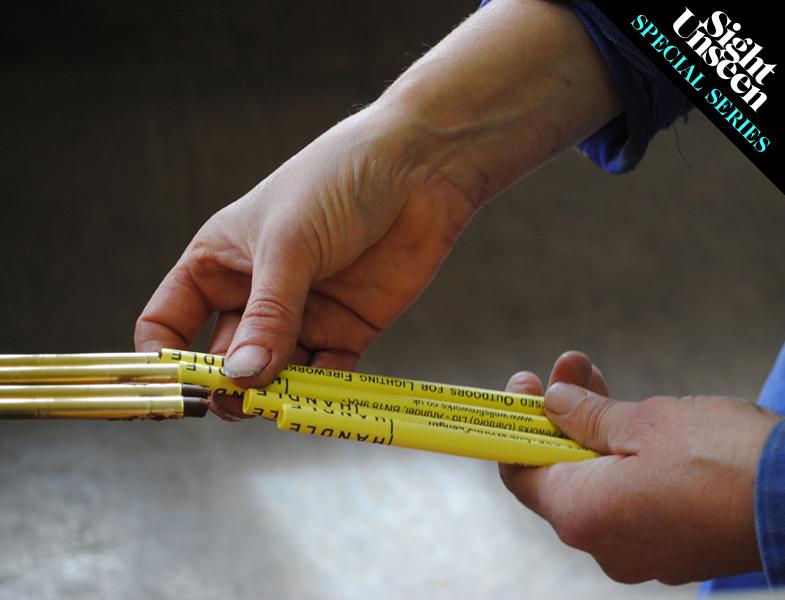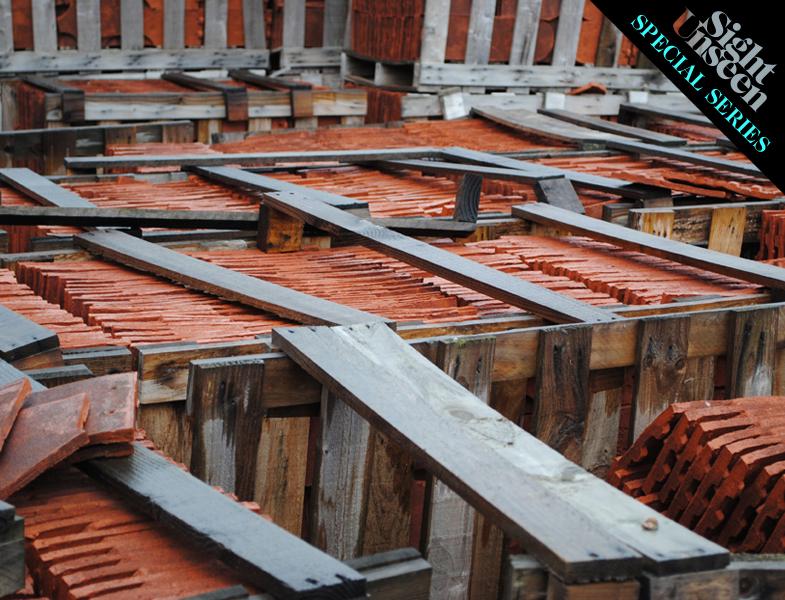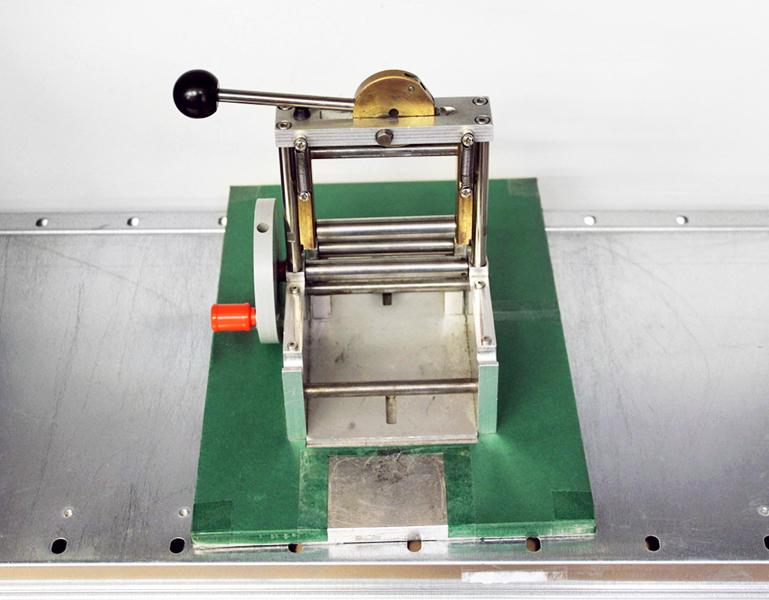
11.04.13
The Making of
Inside Mykita’s Berlin Headquarters
Just a few blocks from the three-story factory where Mykita eyeglasses are designed, prototyped, and assembled by hand by a team of skilled workers, there’s a world-renowned contemporary art museum currently showing works inspired by Joseph Beuys’s vision of the future. There’s a new bar where fancy hipsters go to sip $15 Moscow mules, and more than a few new “luxury” condo buildings, which have begun sprouting like weeds in the area in the past five years. That’s about when Mykita moved its headquarters to their current location in the middle of Berlin’s Mitte neighborhood, which is basically the New York equivalent of setting up shop in Soho. It doesn’t actually manufacture from scratch there the metal and acrylic frames that are its signature — the parts are sent up in flat batches from South Germany — but it does just about everything else that’s required to construct and ship out between 600 and 1,000 pairs of glasses per day to the likes of Colette and Opening Ceremony. “It’s a business philosophy for Mykita that everything is under one roof,” says Lisa Thamm, head of Mykita PR, who gave us a tour of the factory this past June. “It’s actually easier that way, especially when your graphics team, your designers, everybody is really into detail.”
